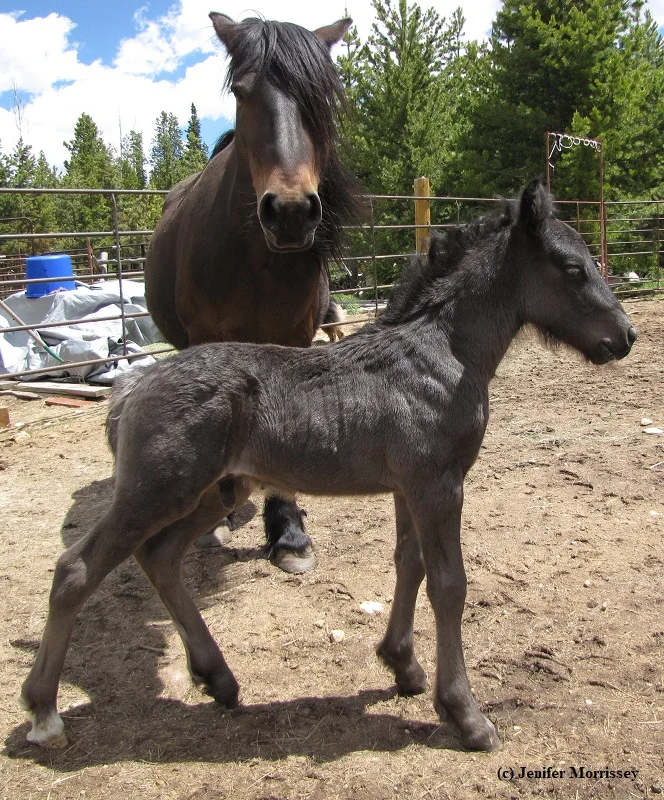South Dakota Wind
/I learned a new word the other day. My friend Bruce asked if I survived the perihelion. I told him I wouldn’t know until I looked it up. I asked him if it explained the intense wind we had that day. He said he didn’t know. (Perihelion occurs about two weeks after the December solstice, when the earth is closest to the sun. It isn’t thought to affect wind.)
The wind blew hard all day, so I used that as an excuse to not go out riding my pony Willowtrail Wild Rose midday like I usually do. Instead, I finished a bunch of office work and ran to town to put things in the mail, then hustled back with just enough daylight left for a ride. And the wind laid down! One serious gust blew as I headed to the barn, but during my ride, the breeze varied from light to still. And the evening was once again glorious with incredible color in the sky. I felt so fortunate.
One thing I really noticed about the recent heavy wind is that because it was relatively warm, it turned the snow in many places to ice. Bruce told me that ice is the greatest challenge in winter here, and now I understand what he means. On my ride, I guided Rose around icy spots as best I could. She was patient the few times she slipped. Generally, though, we found enough good footing to make the ride enjoyable.
When I first told people I was moving to South Dakota, they pitied me for wind and cold. So far I believe what I’ve been told: that I’m living in the Banana Belt of the state; the temperatures haven’t been as extreme (yet) as I had in Colorado. And I’m told the wind isn’t bad here compared to the rest of the state. I notice it a lot more because of the deciduous trees around the house; I’m not used to the sound they make when the wind blows after living in a lodgepole pine forest for so many years!
If the wind I’ve experienced so far is part of what makes this place what it is, then I accept it. I’m very blessed to be able to be here, riding Rose at sunset under a stupendously colored sky.
© Jenifer Morrissey, 2020
You can find more stories like this one in my book What an Honor, available internationally by clicking here or on the book cover.

























































